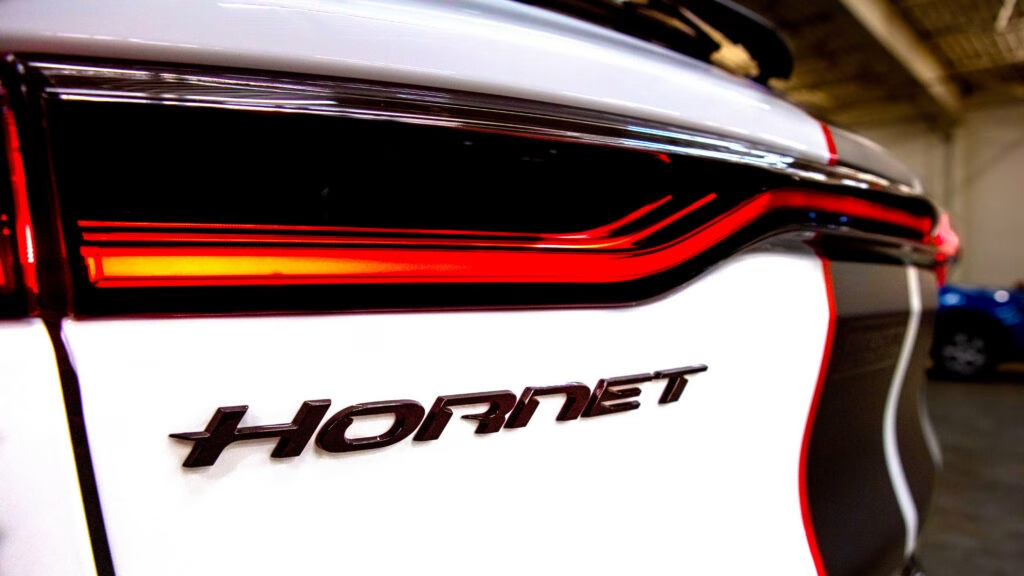Why Are Dodge Hornets Disappearing From Dealerships So Quickly?
If you’ve been eyeing a Dodge Hornet lately, you might want to act fast. Fewer than 3,000 of these compact SUVs are left on dealership lots across the United States, and they’re not being restocked. The sudden scarcity isn’t just a fluke—it’s the result of a perfect storm of trade policy and shifting automaker priorities.
Here’s what’s happening: Dodge had been building the Hornet alongside its cousin, the Alfa Romeo Tonale, at a plant in Naples, Italy. But new tariffs imposed by the Trump administration—specifically a hefty 27.5 percent tax on imported vehicles—forced Stellantis, Dodge’s parent company, to slam the brakes on Hornet production. The company scrambled to import as many 2025 Hornets as possible before the tariffs hit, but now, with production paused indefinitely, what’s on the lot is all there is.
Dealers expect these remaining Hornets to be gone by year’s end. And if you’re hoping for a 2026 model, don’t hold your breath. Dodge’s own CEO, Matt McAlear, has been blunt: unless the tariffs are rolled back, there simply won’t be another Hornet for the U.S. market.
How Did Tariffs Seal the Hornet’s Fate?
Tariffs are more than just political talking points—they have real, immediate effects on what cars Americans can buy and how much they cost. In the Hornet’s case, Dodge had been hoping to boost sales by dropping the sticker price to around $30,000. But with the new import taxes, that plan went out the window. The math just didn’t work.
Industry insiders say the Hornet’s challenges in the U.S. go beyond tariffs, though. Some dealers, especially those in markets like Seattle, have pointed out that the Italian-built Hornet struggled to connect with American buyers. Quality concerns and a lack of brand identity didn’t help. One dealer put it bluntly: selling an Italian Dodge in the States was “a big miss.”
It’s a tough break for a model that sold over 20,000 units last year—a respectable number for a newcomer. But in a segment crowded with established rivals, even a small misstep can be costly.
What’s Dodge Doing Instead—And Why Are V8s Making a Comeback?
Rather than doubling down on compact crossovers, Dodge is pivoting back to what it knows best: muscle and power. With emissions regulations easing up, the brand is leaning hard into its performance roots. For 2026, every Dodge Durango will come standard with a Hemi V8—either a 360-horsepower or a 475-horsepower version. And for those who crave even more, the Durango SRT Hellcat returns with a monstrous 710-horsepower, 6.2-liter supercharged V8.
This move isn’t just about nostalgia. It’s a calculated play to win back the brand’s core enthusiasts, many of whom felt alienated by recent trends toward smaller engines and the introduction of all-electric models like the Charger Daytona. According to a 2023 survey by S&P Global Mobility, nearly 60 percent of Dodge owners cited engine performance as their top reason for sticking with the brand. Clearly, there’s still a strong appetite for old-school power.
Could the Iconic Charger Get Its V8 Roar Back?
Rumors are swirling that Dodge isn’t stopping with the Durango. Industry experts believe the next-generation Charger could soon offer a Hemi V8 option as well. While Dodge hasn’t officially confirmed anything, the speculation is gaining traction. If true, it would mark a significant reversal from the company’s recent push toward electrification.
Why the sudden change of heart? It’s partly about listening to the market. The all-electric Charger Daytona, while impressive in its own right, hasn’t resonated with every muscle car loyalist. Bringing back a V8-powered Charger could be the olive branch that keeps die-hard fans in the fold.
What Does This Mean for the Future of Dodge—and for Buyers?
The Hornet’s exit is a reminder of how quickly the automotive landscape can shift, especially when global trade and local tastes collide. For buyers, it means fewer choices in the compact SUV space from Dodge, but a renewed focus on the kind of high-performance vehicles that built the brand’s reputation.
If you’re a fan of muscle cars or just love the sound of a V8, the next few years could be exciting. Dodge is betting that, at least for now, there’s still plenty of room in the American garage for big engines and bold styling.
The big takeaway? The car market isn’t about perfection—it’s about smarter adjustments. Start with one change this week, and you’ll likely spot the difference by month’s end. Whether you’re shopping for a new ride or just following the industry, keep an eye on how brands like Dodge adapt. Sometimes, a pivot back to your roots is exactly what the road calls for.

